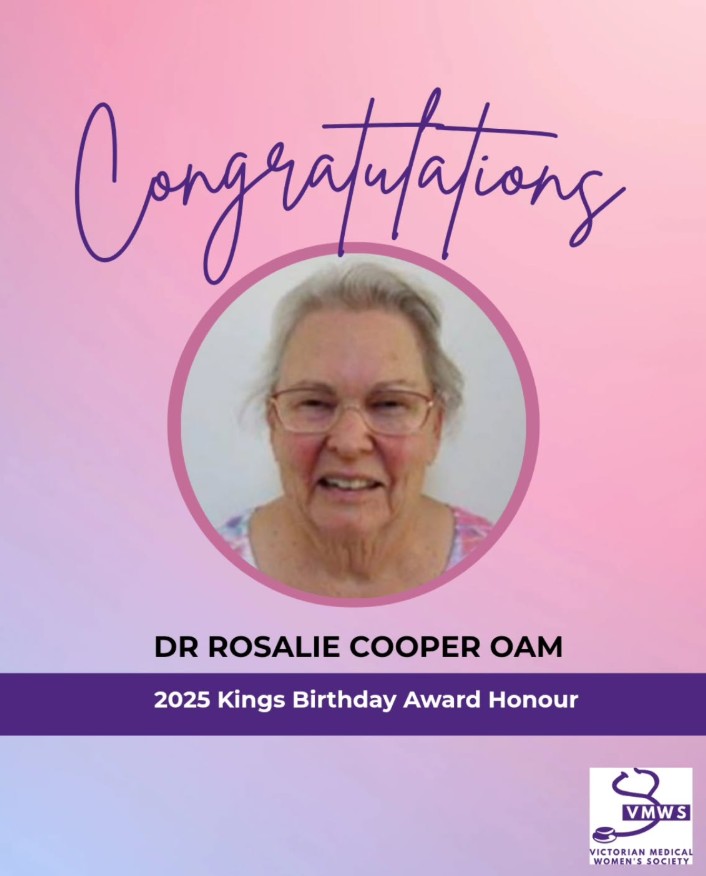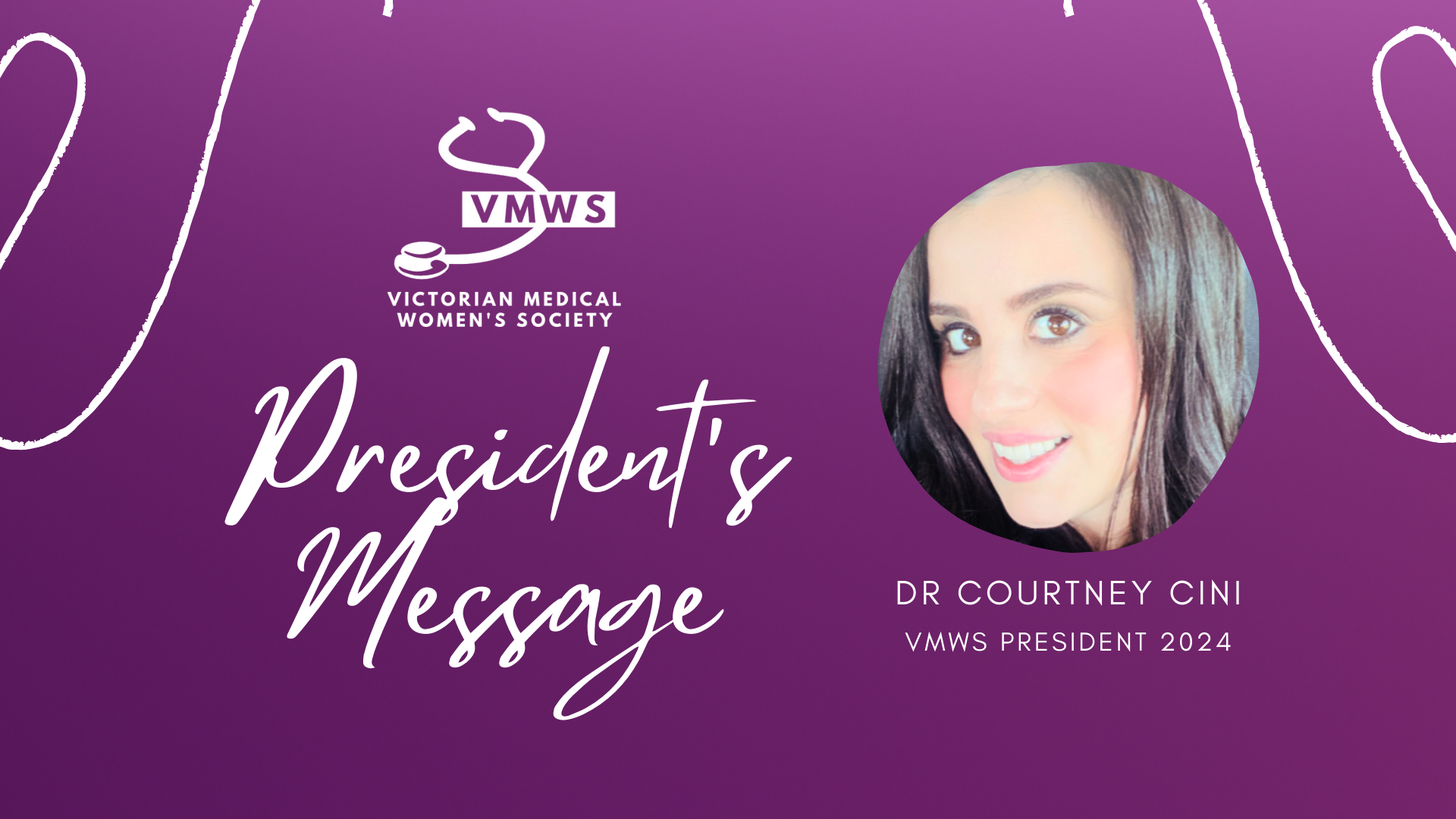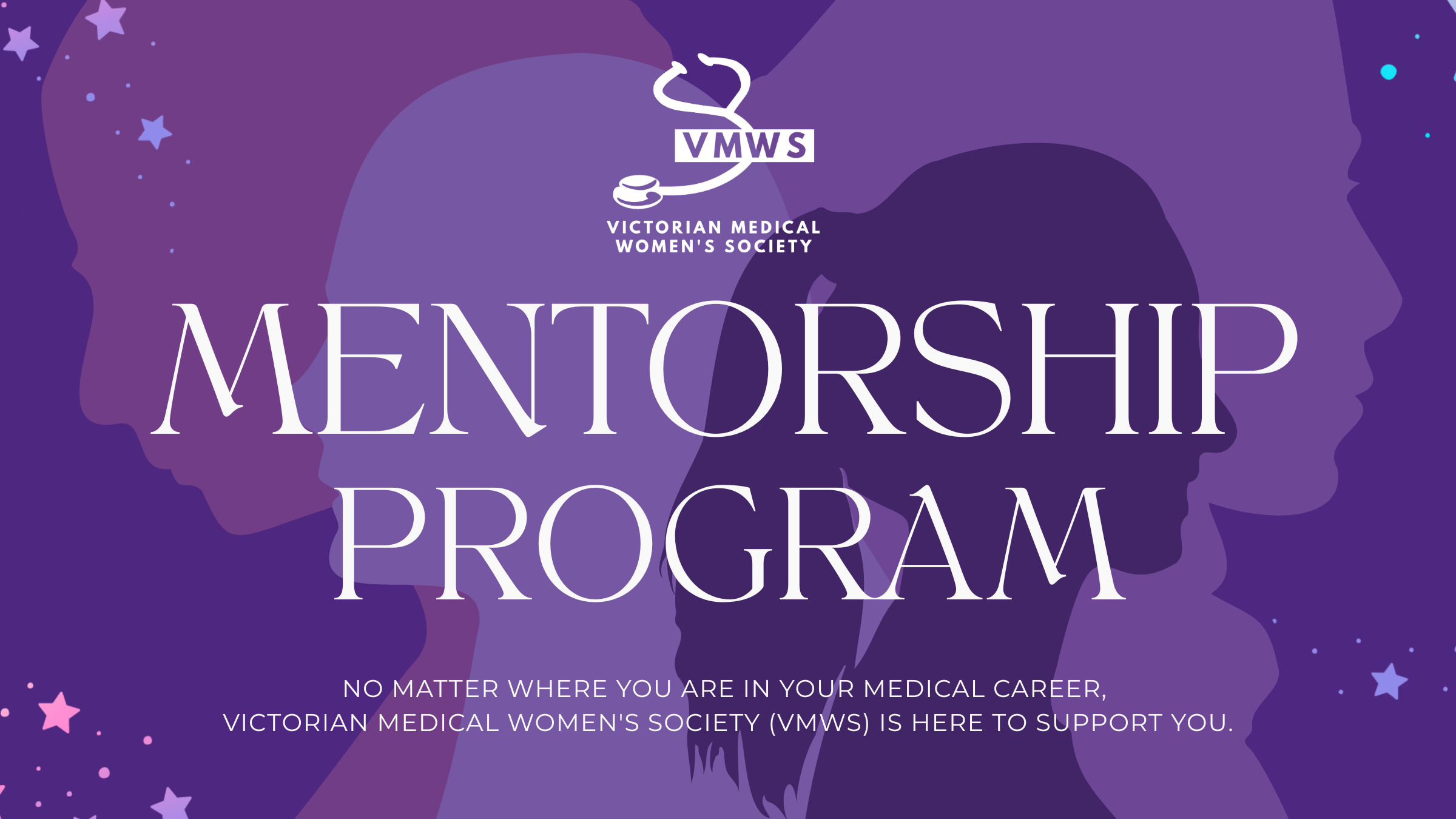– Assessing the likelihood of risks occurring.
– Assessing the consequences of the risks.
– Assessing if existing controls can manage risks adequately.
– Identifying what other controls and resources could be implemented to manage personal safety.
– Assessing whether you are prepared to:
– Accept this risk and continue with the activity that may contribute to this risk
– Cease the activity
– Transfer the risk.
In each workplace there should be a policy on violence and complaints protocols.
Areas of risk
Areas of exposure or threats to a doctor’s personal safety include:
– Consulting after hours where little or no support staff is available.
– Making home visits without a support person.
– Consulting unstable drug seekers who are demanding prescriptions.
– Conducting a consultation with an aggressive or unstable patient.
– Being stalked which may involve a patient physically stalking/following a practitioner home, making nuisance phone calls, stalking via text messages.
Personal safety checklist
Ways to mitigate the risks to the doctor’s personal safety:
– Install duress alarm buttons under each consultation desk in the practice. These can be monitored by the front desk staff and security alerted via on-line phone surveillance.
– Wear a duress alarm on you when you are alone at all times and in situations where you believe your personally safety is at risk.
– Have protocols and action plans in place on how to manage a duress call from a consulting room. All staff should be trained in managing this scenario so to have a quick and automatic response happen instantly. Safety drills should be conducted regularly.
– Ensure all emergency numbers are programmed for speed dial in the practice and on your staff’s mobile phones.
– Create a laminated list of emergency numbers and put copies near office phones.
– Link a speaker phone to a one dial automated process so that the receptionist is able to hear what is going on in the consultation room when the doctor is feeling threatened.
– If you are aware that a patient could prove to be difficult, agree on a time plan where a staff member is to knock and enter the consultation room after a period of time has passed.
– Develop zero tolerance policy on abusive, aggressive and violent behaviour.
– Where possible do not consult in the practice when there is no other staff member present.
– Ensure there is adequate lighting when walking to your car after hours.
– If you are expecting to work late move your car closer to the building at the end of the day.
– Be mindful of the after hours calls for pain relief without appropriate assessment.
– If a patient is threatening suicide, seek additional professional support
– Advise someone when you are attending a patient after work hours and advise them of your anticipated time of return.
– Provide a deputising service to manage after hours calls or ensure a support person attends the after hours call with you. Have an agreed management plan in the event of a threat to your safety.
– Consider purchasing a SIM card or designated mobile phone for surgery related contacts so that patients do not have a personal mobile number which creates an opportunity to stalk the doctor.
– Ensure any SMS contact with the patient is documented in the patient record.
– Program a ‘caller number display’ on your mobile and landline.
– Ensure a mobile phone charger is located at work, home and in the car to limit the opportunities of having a flat battery.
– Where possible use the answering machine to screen calls at home or mobile.
– Consider having your home phone number unlisted.
– Consider withdrawing your name from the electoral roll thereby being registered as a postal vote.
– Identify items that can be used as weapons. Any items that could be thrown or used as weapons such as a computer monitor, printer etc could be secured. Items such as scissors, letter openers, etc could be stored away from view when not in use.
– Consult with a security expert or the Community Liaison Officer to assess if other measures can be taken to increase the security in your workplace.
– If an incident occurs try to record everything that happened including a profile of the offender i.e. general appearance, sex, age, voice and what was said as soon as possible.
– Allow open opportunities for brainstorming sessions in staff meetings to raise potential personal safety and security issues. Consider this be included as a regular agenda item for each staff meeting.
Ensure appropriate de-briefing opportunities are provided to all staff when a personal safety issue has occurred.
Other resources:
– http://www.ama.com.au/node/2182 Personal Safety & Violence for Doctors – 2005
– www.nhs.uk/zerotolerance/mental/. We don’t have to take this. In: UK Department of Health 2002.
– RACGP – Safety for general Practitioners and their practice teams
This article “Personal Safety” has been provided by for publication by Avant Mutual Group Limited, Australia’s leading MDO. For further information please visit http://avant.org.au.
The Avant Practitioner Indemnity Insurance Policy provides a member with legal defence costs (sub limit $150k) in the defence or pursuit of an Apprehended Violence Order (AVO) in relation to a patient or former patient which relates to the member’s practice as a healthcare professional and which affects the member or the personal safety of the member’s family. To discuss or assess a legal option or for membership enquiries please contact Avant on 1800 128 268.







